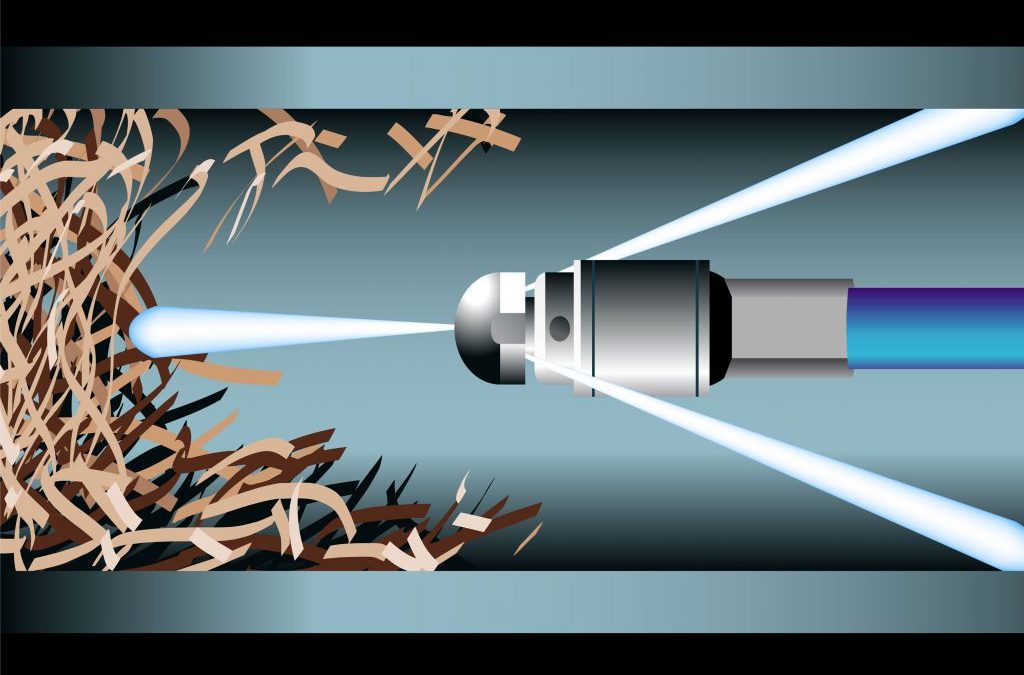Schedule a Plumber This Thursday to Get 50$ OFF
Schedule a Plumber This Thursday to Get 50$ OFF

Many homeowners find clogged drains or sewer lines a nightmare. They typically try different methods, such as drain snakes, plungers, and even chemical cleaners, only to find they are temporary. When these methods fail, it is time to move to a more advanced and modern cleaning method: hydro jetting. What is hydro jetting, and how can it help? We are here to discover that. If you want to learn more about this service, call Mr. Rooter Plumbing (Killeen, TX) today.
Hydro jetting is a technique experienced technicians use to eliminate clogs in drain and sewer lines. The jetters can shoot water at pressures up to 5000 psi to free pipes from heavy buildup quickly and easily. Skilled plumbers commonly use this tool to ensure the job is finished efficiently without harming the plumbing system. The equipment needed includes a jetter, a flexible hose, and a nozzle.
Though it may be common to hear about hydro jetting, many homeowners are unaware of the procedure. Knowing how this looks will prepare the homeowner for what they can expect to see during the process. Firstly, experienced plumbers in Belton, TX thoroughly inspect the plumbing system. They try to understand the causes of the problems you observe. If they decide that there is a blockage and a jetter is needed, they begin. The plumbers use a camera to examine the drain line and see the extent of the blockage. Once they can assess the situation, they gather the necessary tools and allow the jetter to insert significant water pressures that can clear through the major clogs without harming the system. The plumbers then ensure the signs disappear and everything works efficiently and finish this service in no time.
Now, you know what hydro jetting is, the equipment used, and what a standard procedure looks like. So, when is the right time to call a professional plumber to help? In this section, we will explore some signs homeowners may observe indicating a clog to call for help.
Are you looking for a professional plumbing service to help? Let Mr. Rooter remove your kitchen, bathroom, and sewer clogs. With our affordable price plans, licensed and insured professionals, and quality services, drain cleaning has never been easier. Call us today to learn more.
Water and gas leaks are costly and frustrating, especially when they are hidden. Most leaks are noticed by homeowners through warning signs, such as rising water bills and reduced water…
A garbage disposal is one of the most convenient tools in the entire modern home. Unfortunately, most homeowners misuse the disposal as a way to get rid of organic waste.…
If you’ve been dealing with faucet leaks for some time and plumbers in Killeen, TX mentioned that faucet repair was not possible, you might find yourself standing in…